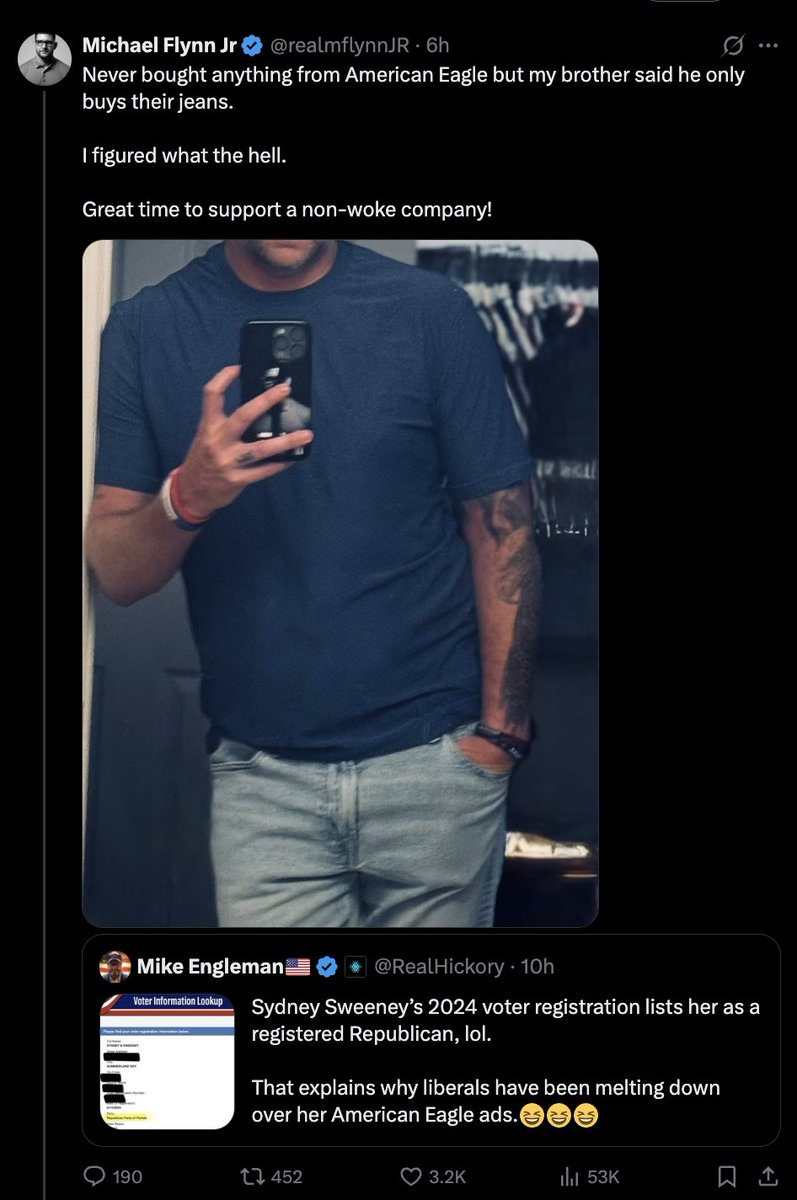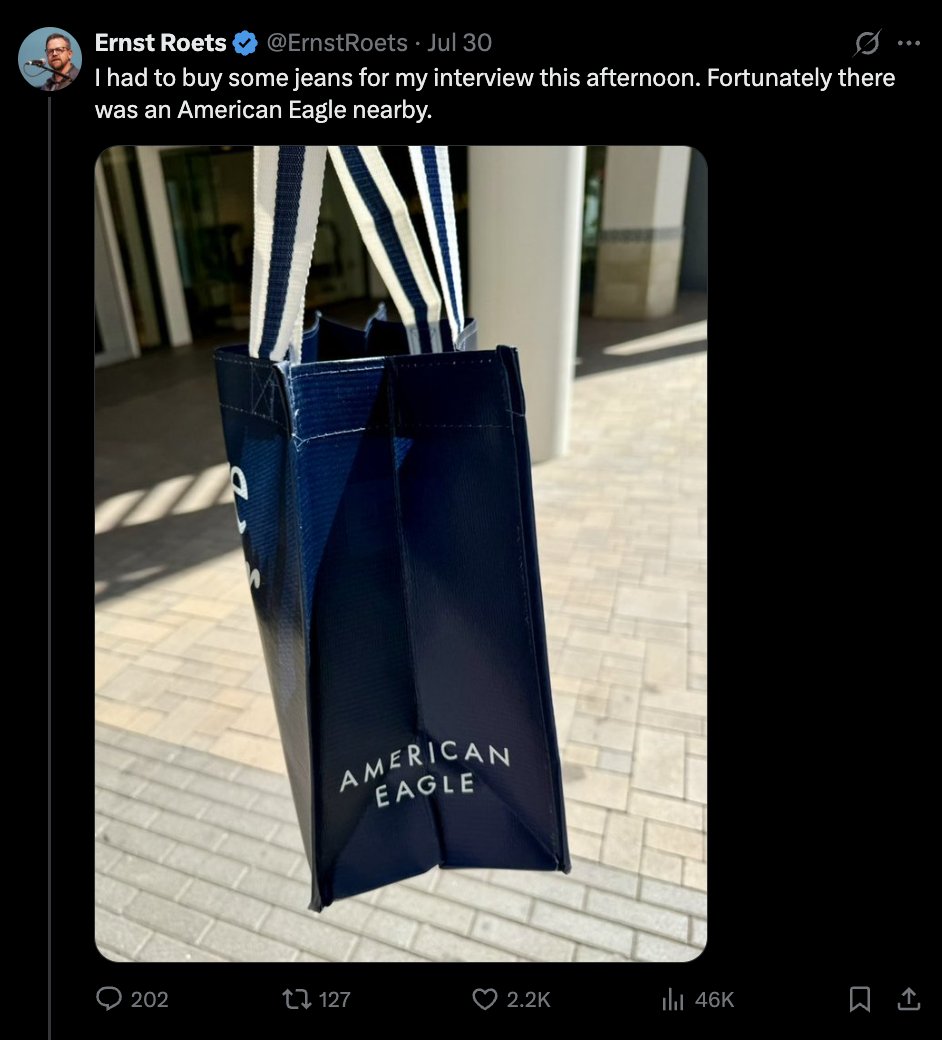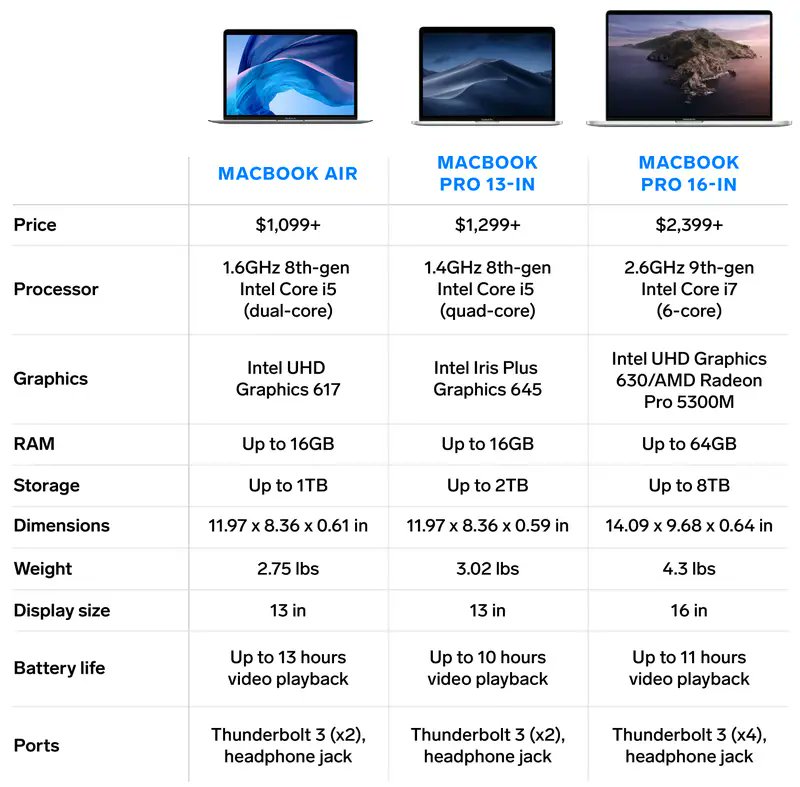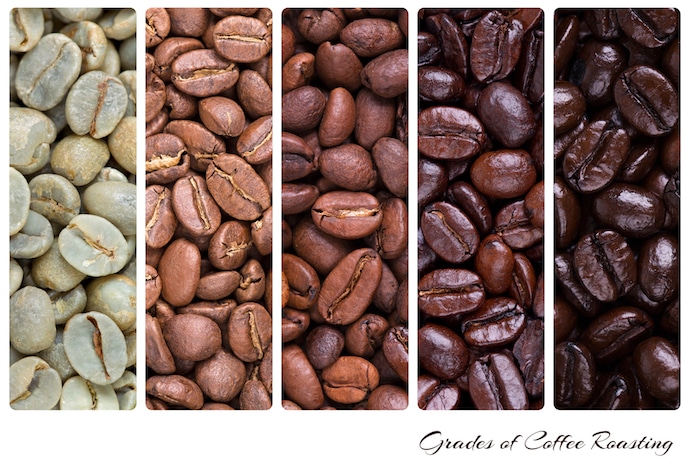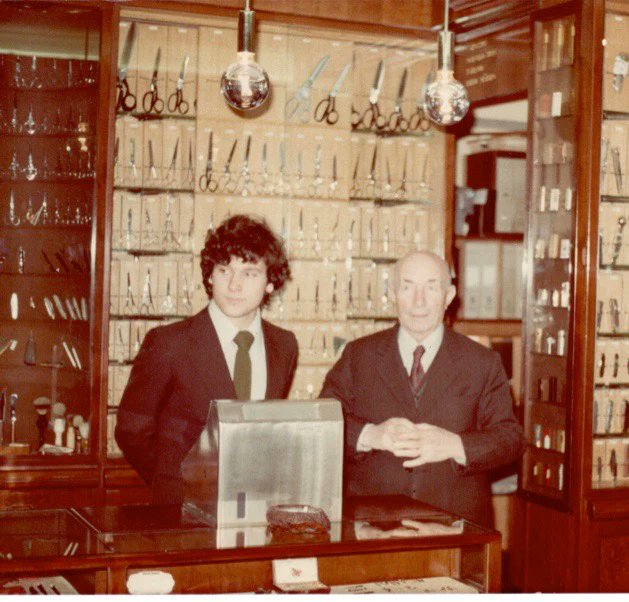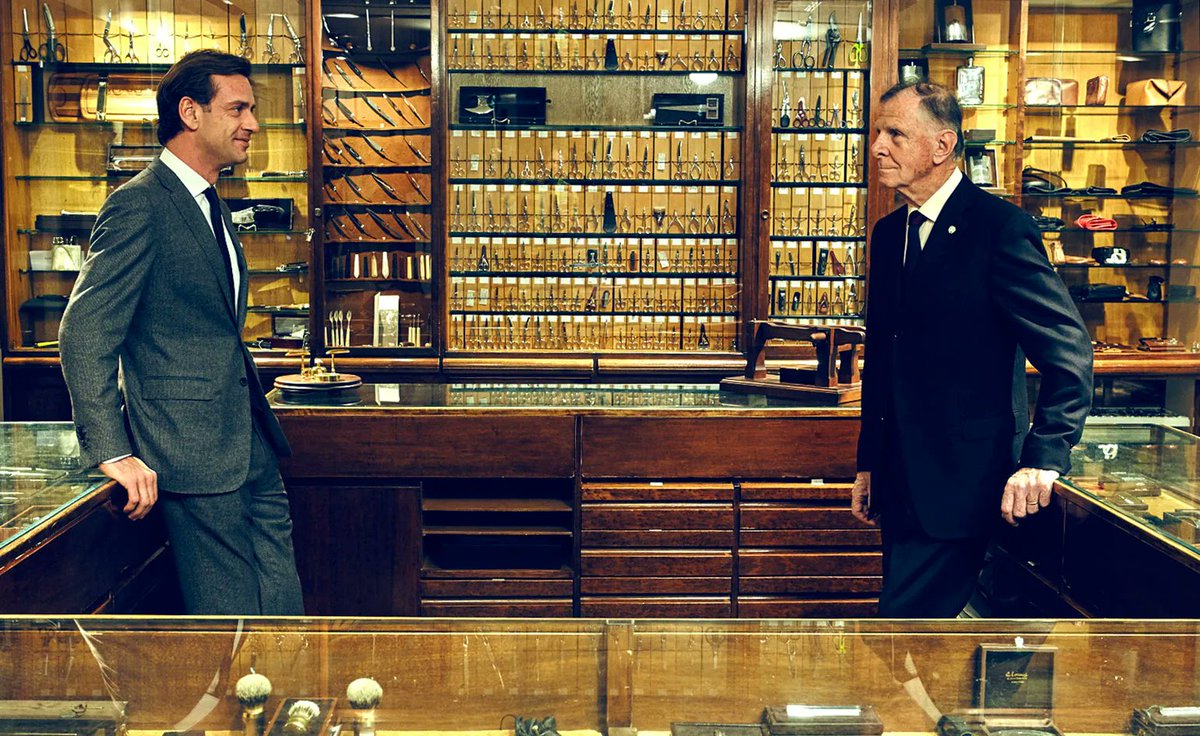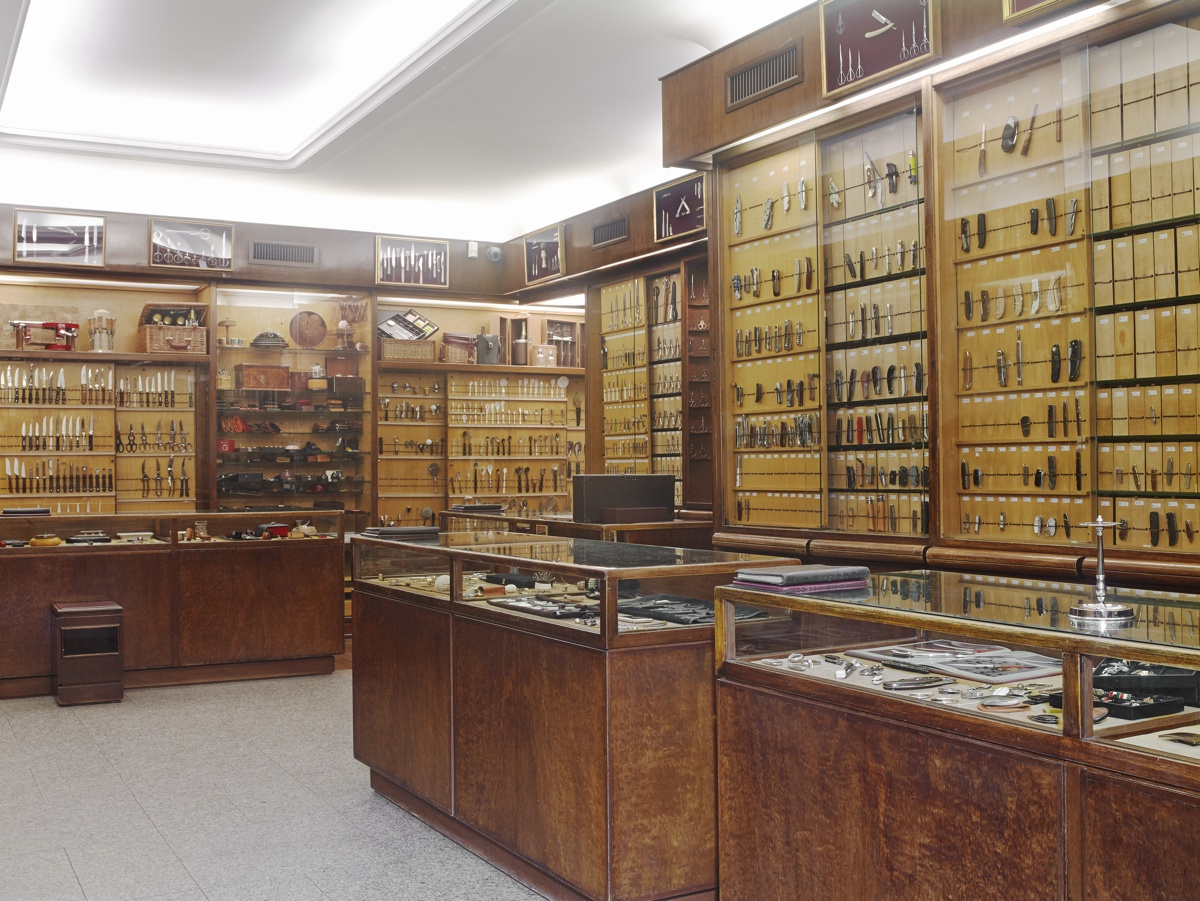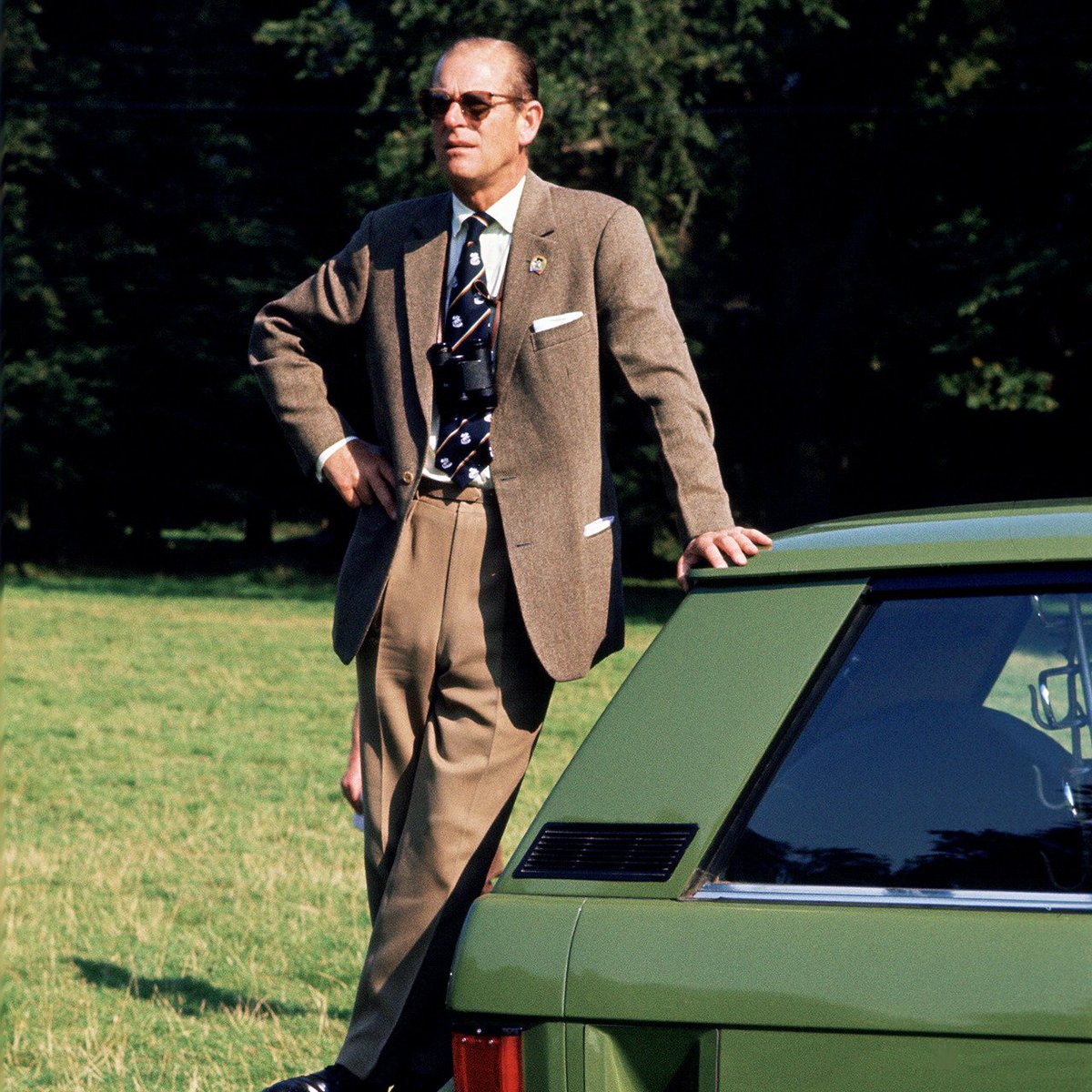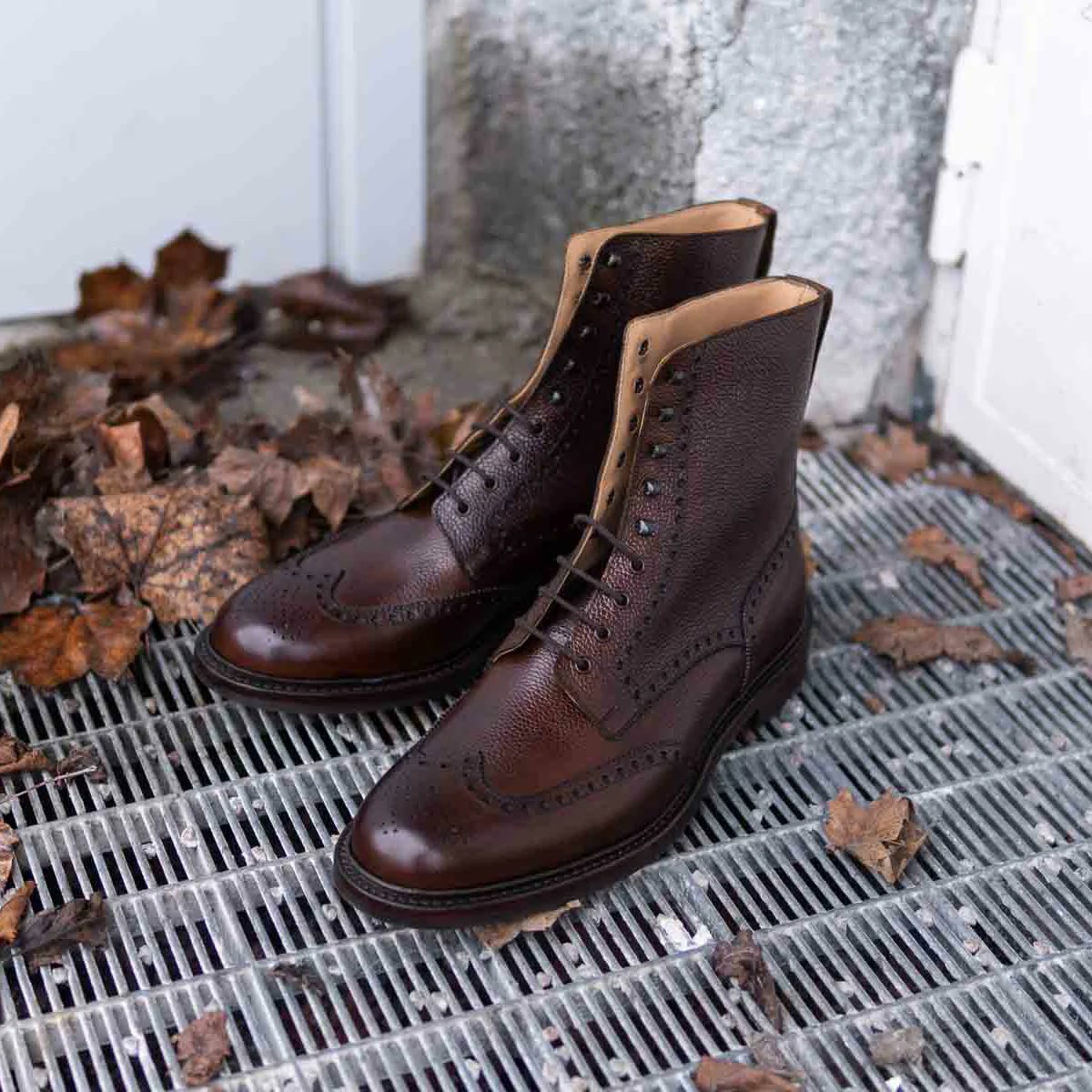i once bought a vintage Schott leather jacket and had one of my childhood heroes—Colossus of Roads—tag the back of it 

https://twitter.com/solomonmissouri/status/1620242179833880576


in the 90s, Colossus of Roads seemed to have hit every freight train in America. his graffiti style took after the pictograms that early 20th-century hobos used while illegally hopping freights to visit various towns, often in search of work. 

many of these people were illiterate, so they used coded pictograms to represent certain things. a drawing could mean "a kind woman lives here" or "cops patrol this yard." these messages made an illegal and dangerous passage safer for fellow travelers. 



during the 90s, freight hoppers also passed around DIY pamphlets to help fellow travelers find their way around the US by illegally hopping freight cars (although using words, not pictograms). if you visited these train yards during this time, you'd also see a lot of graffiti
one of the most prolific was Colossus of Roads. some suspected he was a railway engineer, given how often you'd see his tag on freight cars. 

Colossus of Roads always did the same tag: a side profile of a cowboy whizzing down the line with some kind of message underneath. many of these messages didn't make any sense to the passerby, which made him more mysterious. i later learned he just made them up on the spot. 

anyway, he was a bit of a childhood hero for me, and about ten years ago, i bumped into his nephew on a clothing forum. he apparently lives in Arizona now and is super nice. i asked him if he would autograph the back of my Schott double rider. he agreed. 

I sent him my Schott, and he sent it back. I then had the interior relined with an early 20th-century Japanese sashiko fabric I bought from an NYC antiques dealer. Sashiko is a type of Japanese fabric that has been repaired using patches and running stitches. 



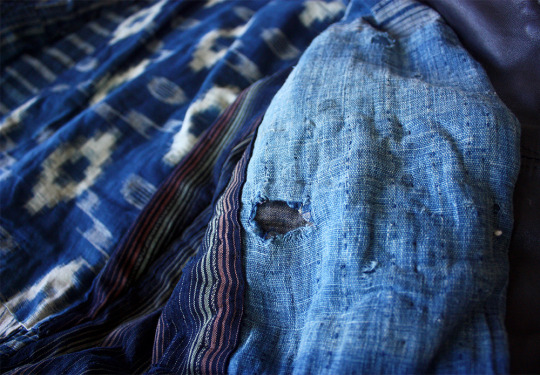

If you're looking for a leather jacket, try:
1. Schott Perfecto. They've done collabs with @3sixteen
2. Fine Creek Leathers at @selfedge
3. Margiela five-zip. Cool modern vibe
4. Valstar at @NoManWalksAlone. Less rugged, slightly dressier
5. Stoffa. Classic, but interesting



1. Schott Perfecto. They've done collabs with @3sixteen
2. Fine Creek Leathers at @selfedge
3. Margiela five-zip. Cool modern vibe
4. Valstar at @NoManWalksAlone. Less rugged, slightly dressier
5. Stoffa. Classic, but interesting
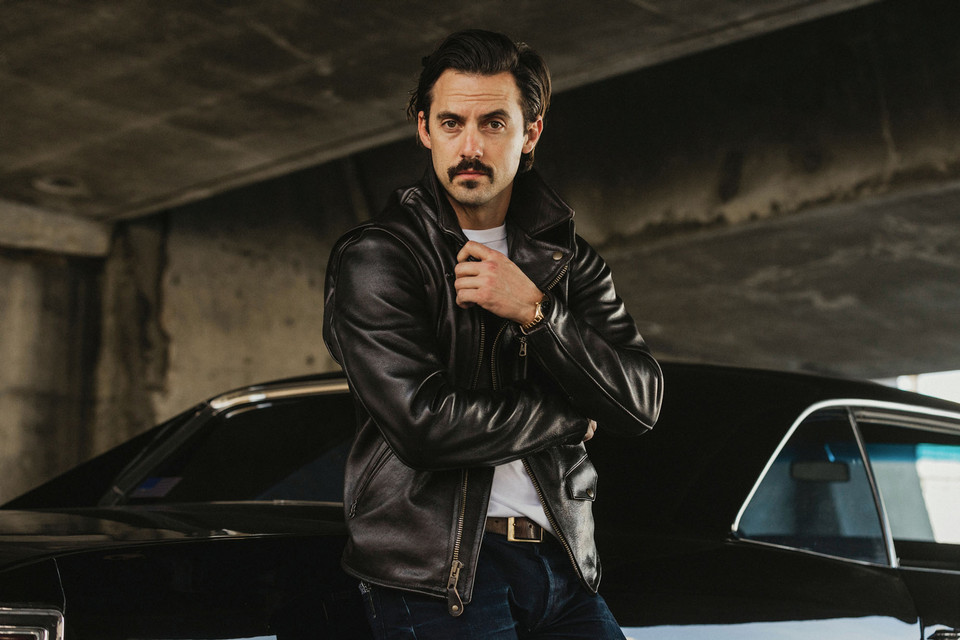
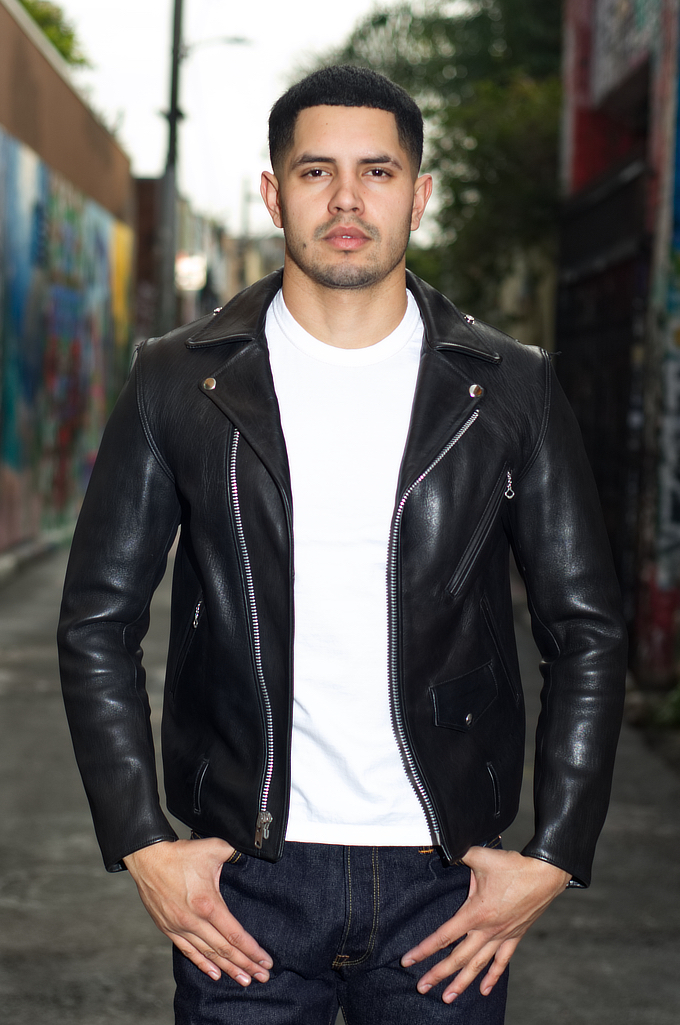
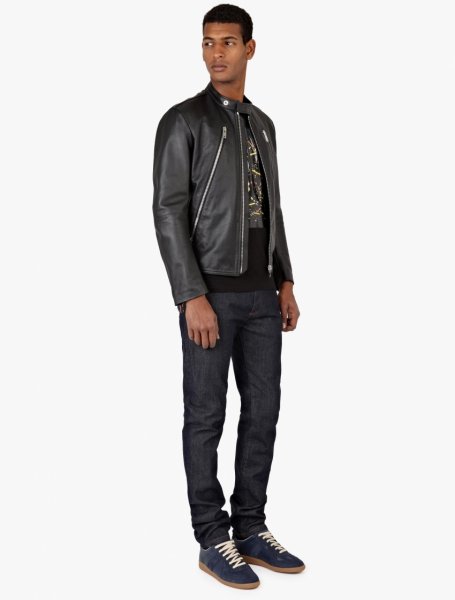
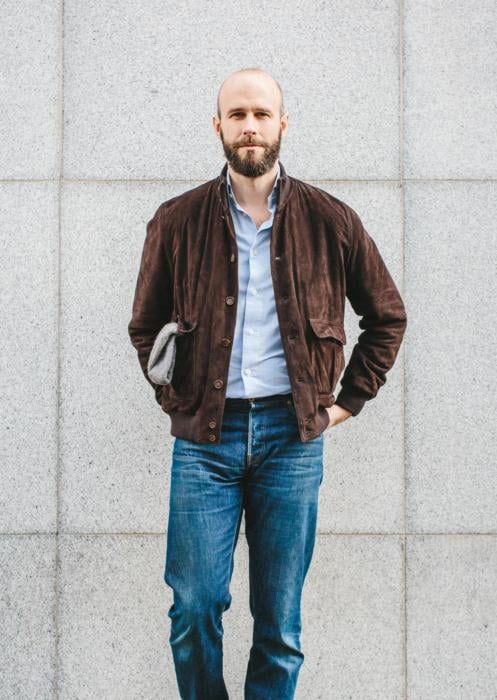
• • •
Missing some Tweet in this thread? You can try to
force a refresh







